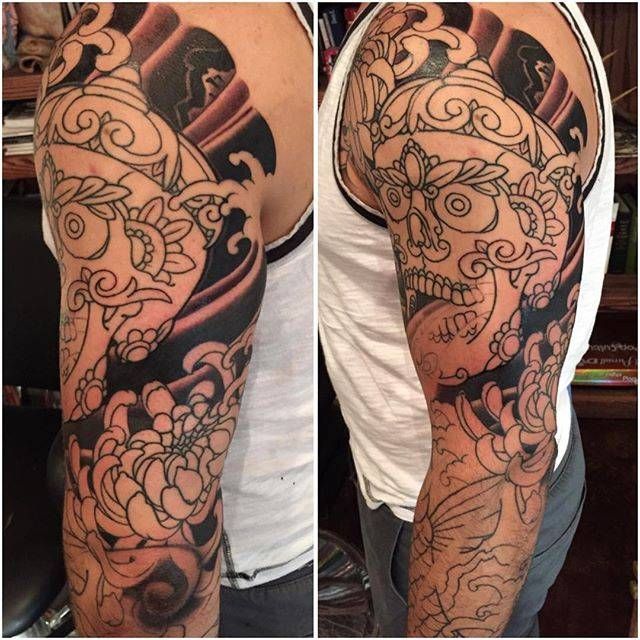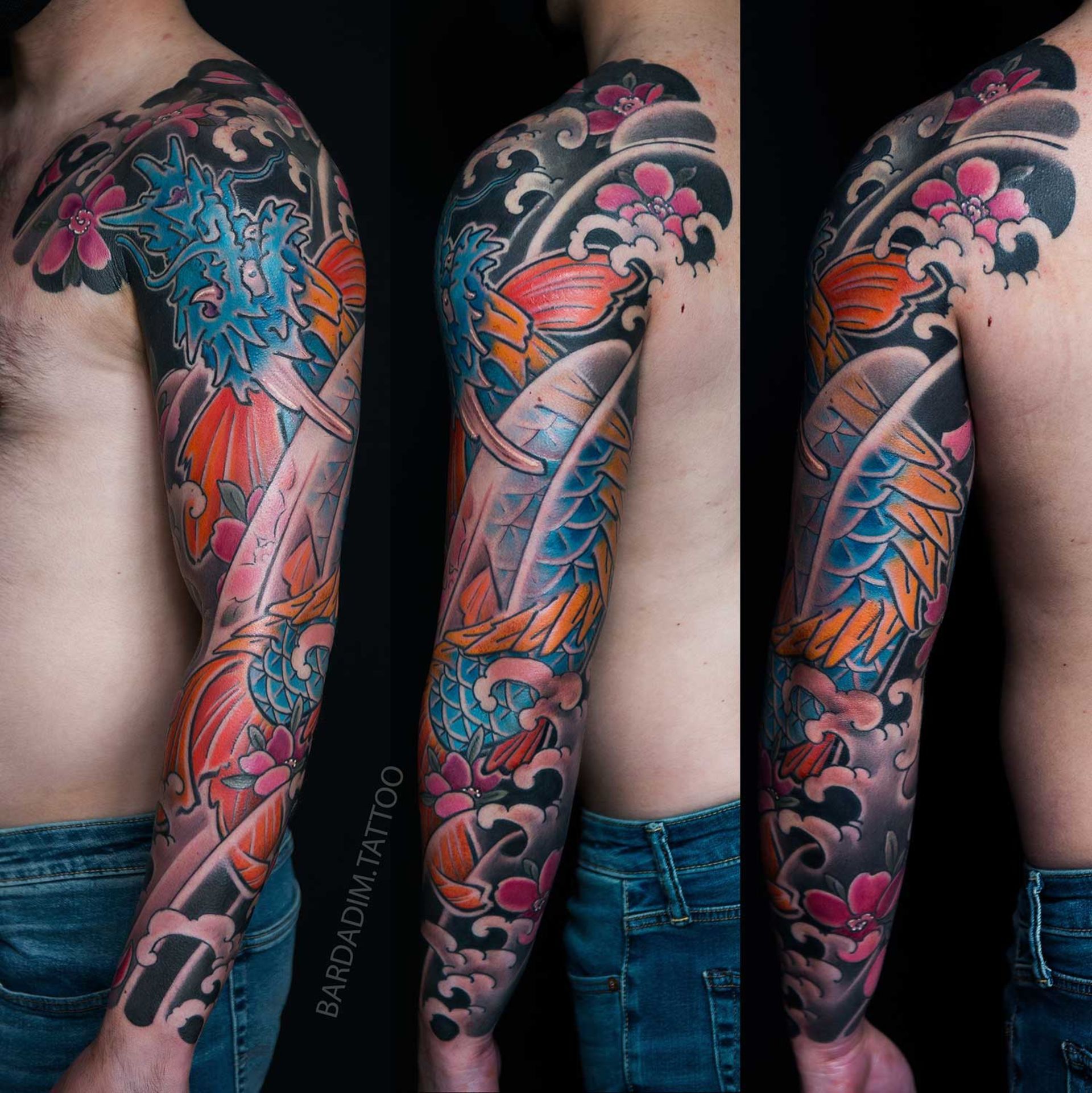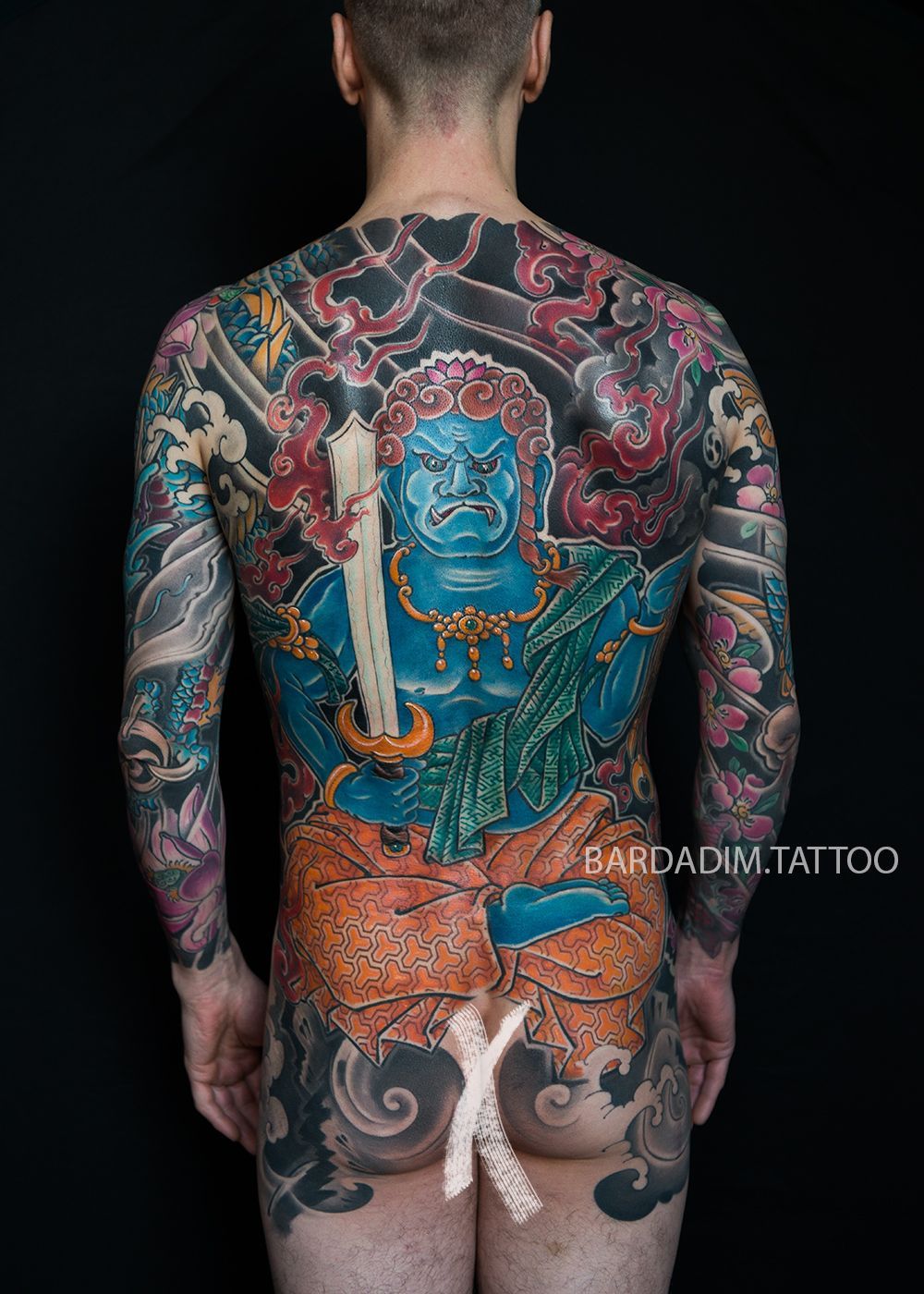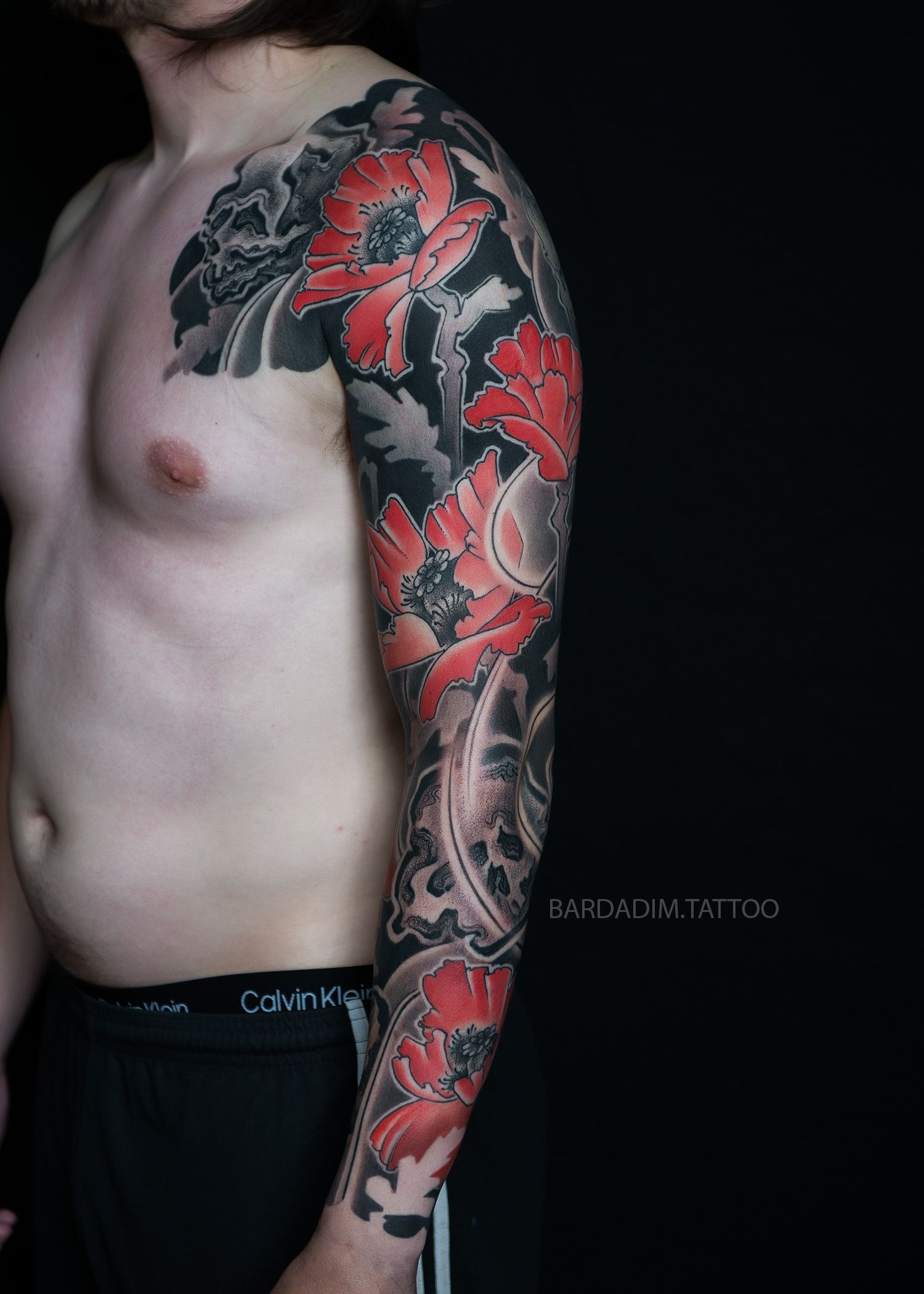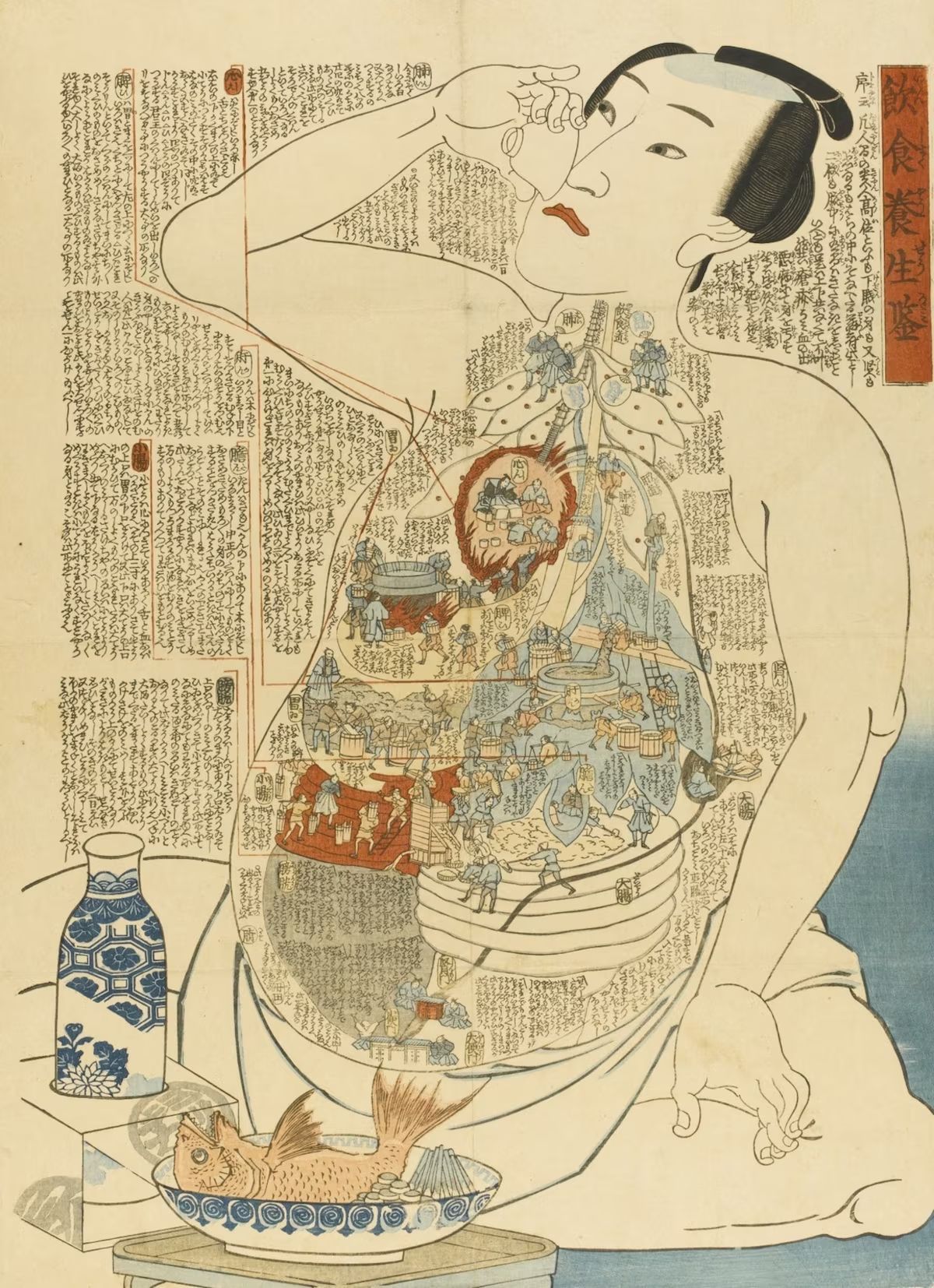By George Bardadim
•
May 9, 2024
Preparing Your Skin for a Tattoo: 5 Proven Tips to Improve Comfort and Results Tattoos are for every body—but if you’re living with excessive weight or have visible changes in skin texture (such as dimpling or reduced elasticity), your skin may respond differently to tattooing. Sessions can feel more intense, the healing process may take longer, and discomfort might be amplified. The good news? There are proactive steps you can take to prepare your skin and body , making the tattoo experience more comfortable and the final result more successful. In this article, we’ll explore 5 practical and proven tips to support your body and skin naturally—before you even enter the studio. Why Preparation Matters Clients with higher body weight or soft-tissue buildup sometimes experience: Increased skin sensitivity due to low-grade inflammation, Tissue firmness or swelling in certain areas, Slower healing because of reduced blood flow or circulation issues, A higher risk of ink migration in deeply folded or fibrotic areas. Taking simple steps to prepare can help reduce these challenges and enhance both the experience and the outcome of your tattoo. 1. Adopt a Low-Carb or Ketogenic Diet Shifting toward a lower-carb, anti-inflammatory diet can be highly beneficial. It supports fat metabolism, reduces water retention, and stabilizes insulin and inflammation markers—all of which help create: - Smoother, more elastic skin, - A healthier tissue environment for tattooing, - Shorter recovery times. Even 2–4 weeks of mindful eating can make a real difference in how your skin feels and responds during a tattoo session. 2. Use Saunas or Steam Rooms to Stimulate Circulation Regular sauna use (infrared or traditional) improves: - Microcirculation in the skin, - Lymphatic drainage and detox pathways, - Overall tissue oxygenation. This is particularly helpful for areas where skin feels tight, firm, or congested . However, saunas should be avoided for at least 2–4 weeks after getting tattooed, to allow proper healing. 3. Incorporate Massage and Fascia Work Massage—especially techniques like lymphatic drainage or fascia release—can: Improve skin mobility and softness, Reduce the appearance of dimpling or tension under the skin, Boost local circulation. These treatments are especially useful in areas where skin may have lost some natural elasticity . Even basic self-massage or foam rolling can be beneficial when done consistently. 4. Hydrate Your Body and Skin Properly Proper hydration improves: Skin elasticity and resilience, Ink absorption and settling, Post-session recovery. Drink at least 2–3 liters of water daily, apply natural moisturizers, and consider gentle exfoliation techniques like dry brushing (avoiding freshly tattooed skin, of course). 5. Include Gentle Movement and Muscle Engagement Light movement—like walking, stretching, or strength-based bodywork—supports: Local circulation, Muscle tone beneath the skin, Skin texture and firmness. Even modest movement can improve the feel of the skin and reduce the tension that may otherwise make tattooing more uncomfortable. A Word on Consistency You don’t have to aim for perfection. Even small, steady efforts—spread out over a few weeks—can noticeably improve your comfort, your skin’s behavior during tattooing, and how your body recovers afterward.


